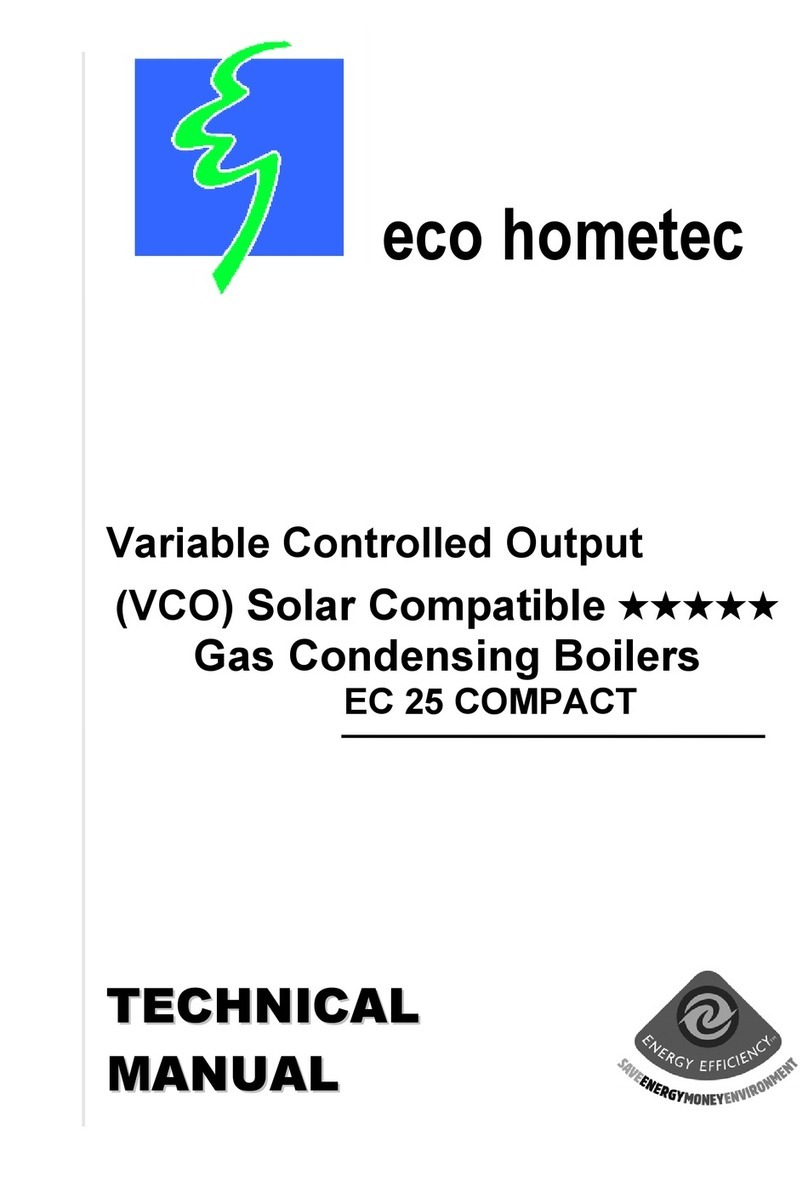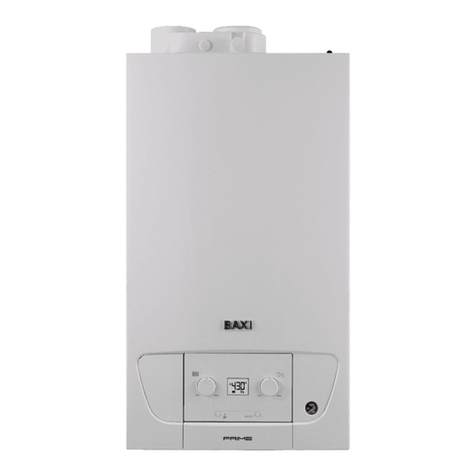Bradford White Laars Pennant PNCH Series User manual
Other Bradford White Boiler manuals

Bradford White
Bradford White Brute MagnaTech BMGH1600 User manual

Bradford White
Bradford White Brute XTR Series Owner's manual

Bradford White
Bradford White BRUTE DELUXE BMT2H User manual
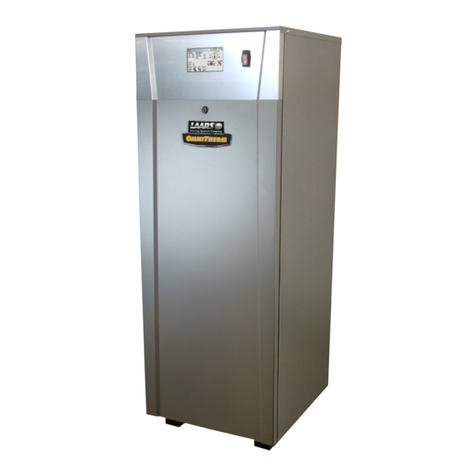
Bradford White
Bradford White LAARS OmniTherm ONH1250 User manual

Bradford White
Bradford White LAARS NEOTHERM LC NTH1200 User manual
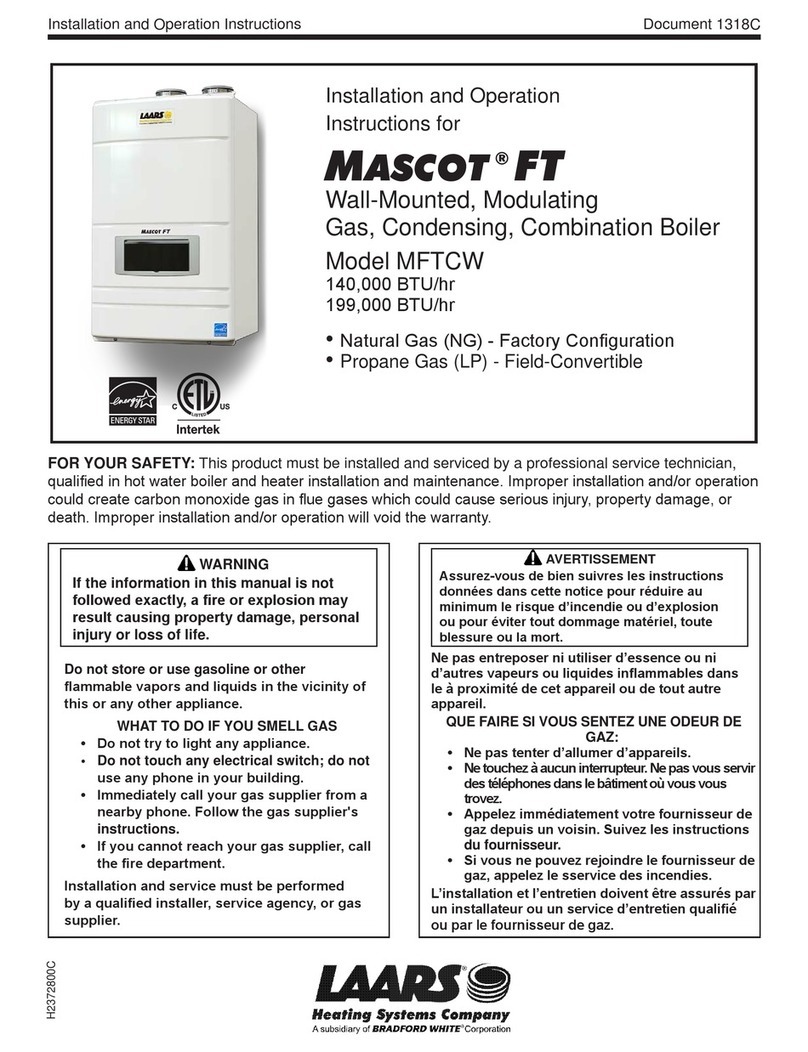
Bradford White
Bradford White Laars MASCOT FT MFTCW140 User manual

Bradford White
Bradford White Laars MINI-THERM JVH Owner's manual

Bradford White
Bradford White brute elite 125 BLMH User manual
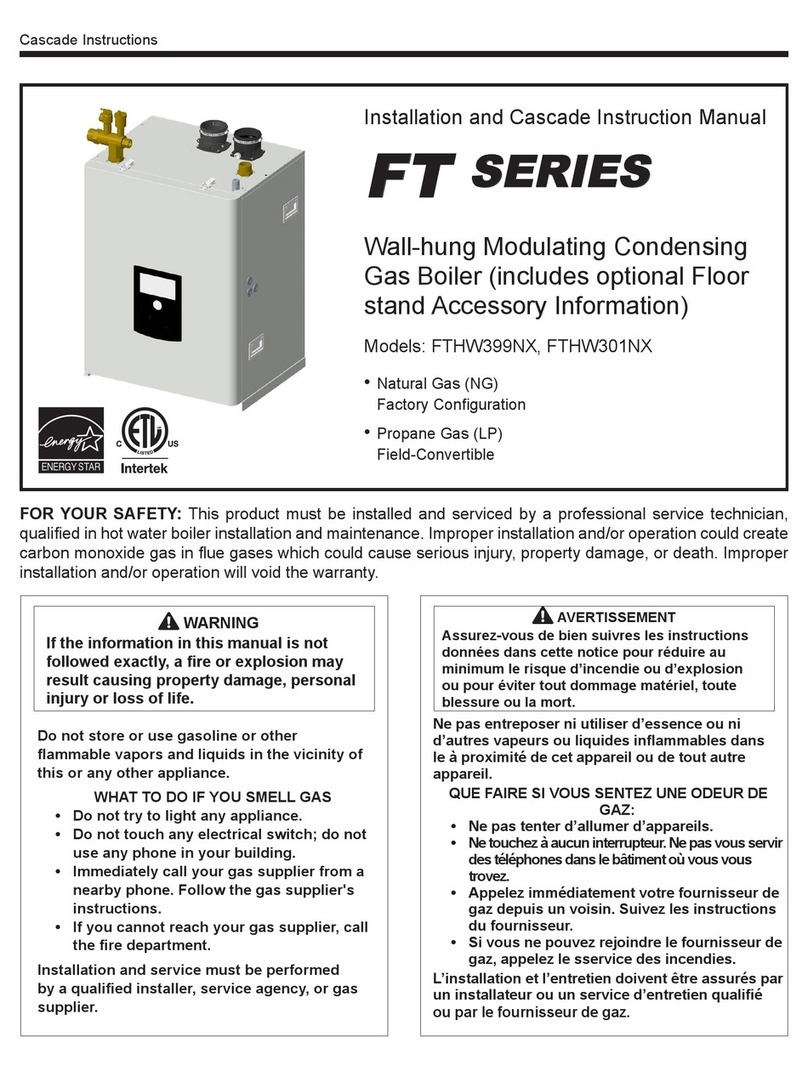
Bradford White
Bradford White FT Series Quick guide
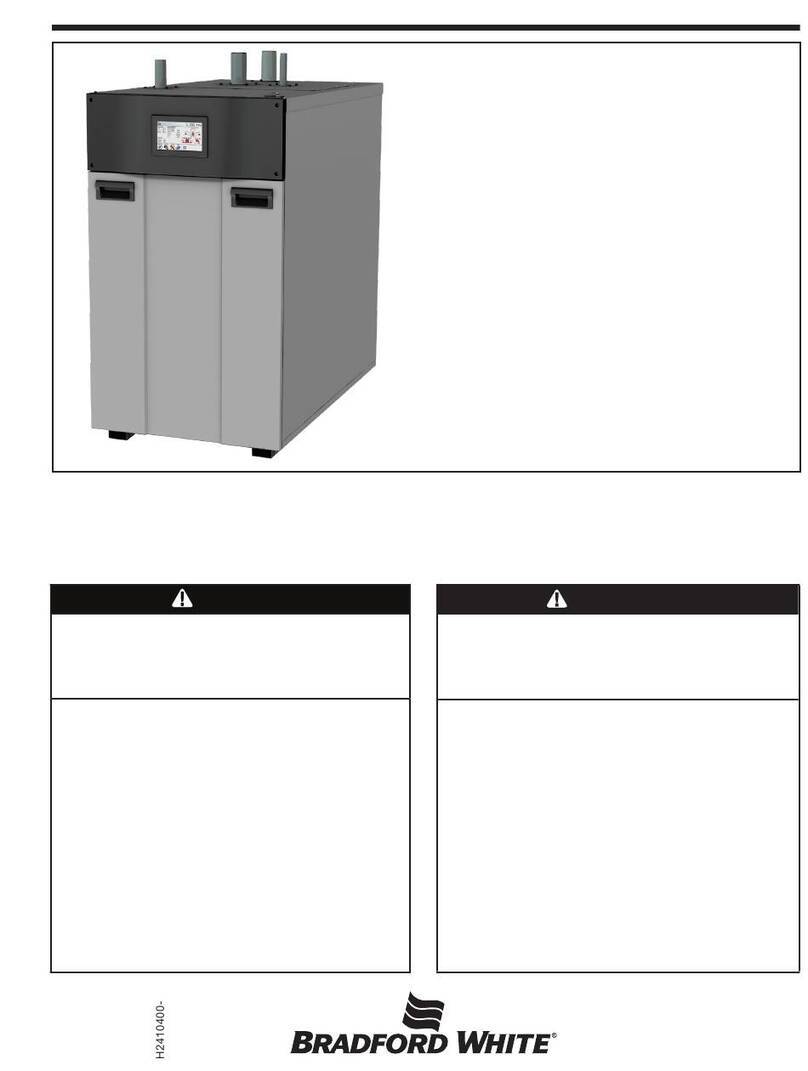
Bradford White
Bradford White Brute XTR Series User manual
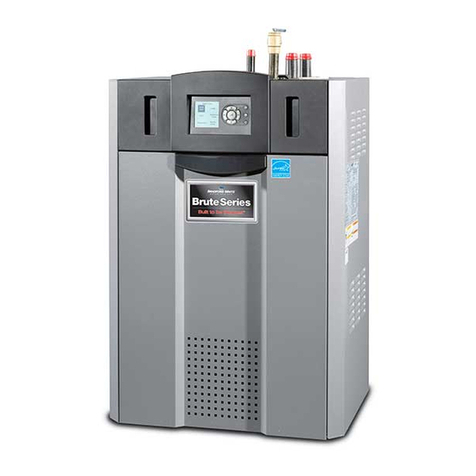
Bradford White
Bradford White Brute BNTH User manual

Bradford White
Bradford White Brute Elite BNTH User manual
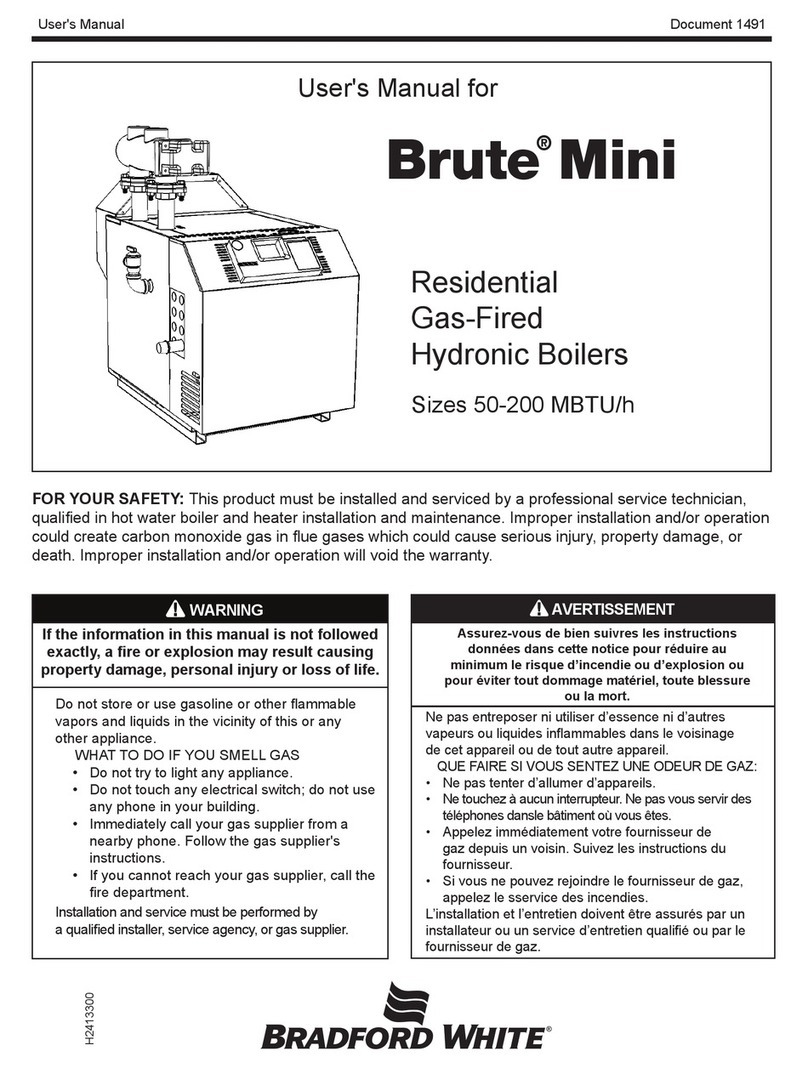
Bradford White
Bradford White Brute Mini User manual
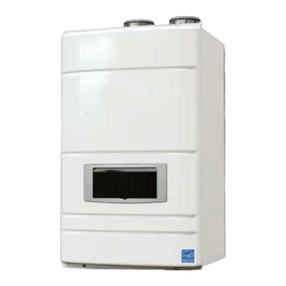
Bradford White
Bradford White FTCW199 User manual
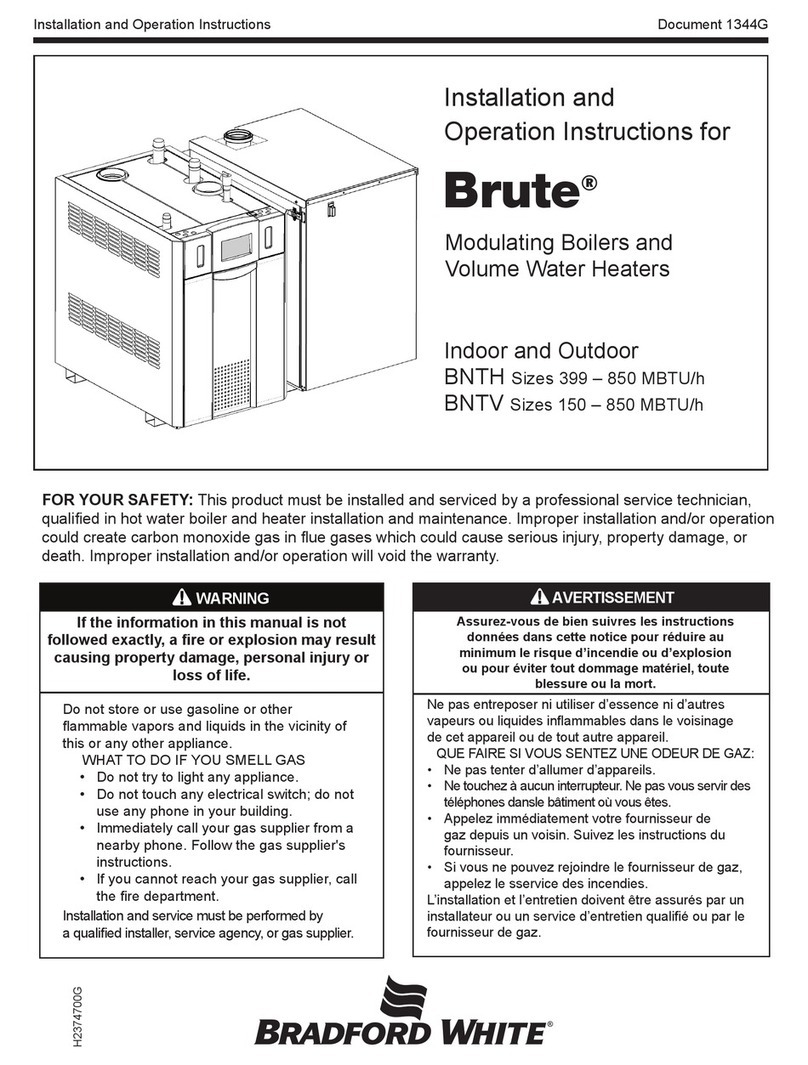
Bradford White
Bradford White Brute BNTH Series Owner's manual

Bradford White
Bradford White Copper Brute ll BWCH User manual

Bradford White
Bradford White FT Series Owner's manual

Bradford White
Bradford White Brute LX BLXCW-125 User manual

Bradford White
Bradford White BRHHH User manual

Bradford White
Bradford White OmniTech BONH1250 User manual
Popular Boiler manuals by other brands
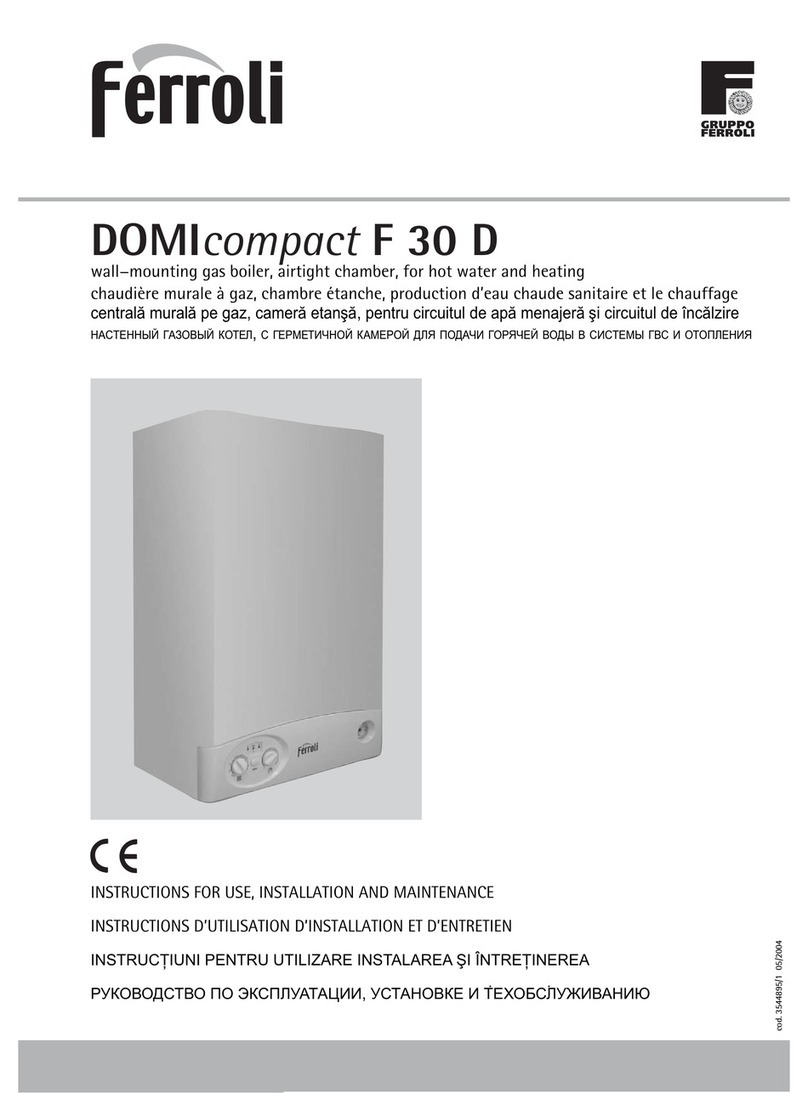
Ferroli
Ferroli DOMIcompact F 30 D null

Vaillant
Vaillant uniSTOR VIH SW GB 500 BES operating instructions

Radijator
Radijator BIO max 23.1 instruction manual

Brunner
Brunner BSV 20 Instructions for use

Buderus
Buderus Logamax GB062-24 KDE H V2 Service manual

Potterton
Potterton 50e Installation and Servicing Manual

UTICA BOILERS
UTICA BOILERS TriFire Assembly instructions
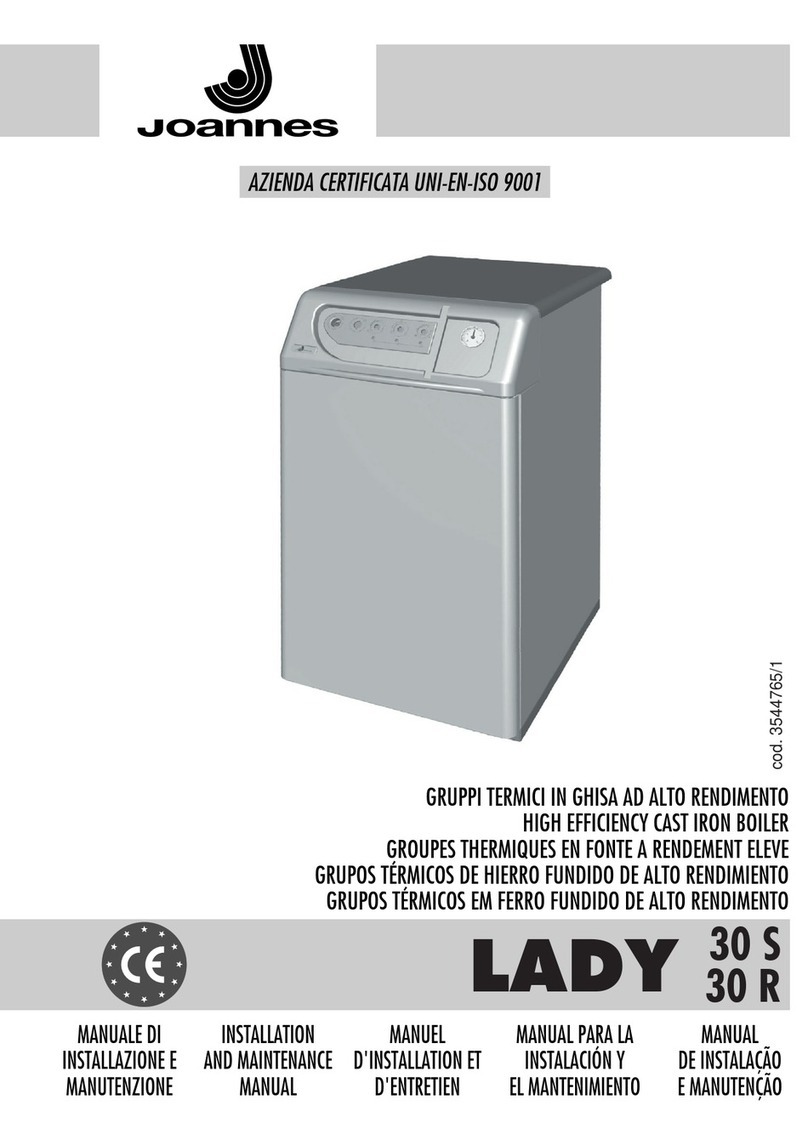
Joannes
Joannes LADY Series Installation and maintenance manual

ECR International
ECR International UB90-125 Installation, operation & maintenance manual
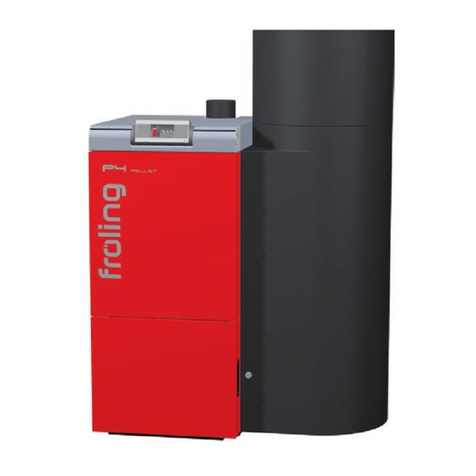
Froling
Froling P4 Pellet 8 - 105 installation instructions
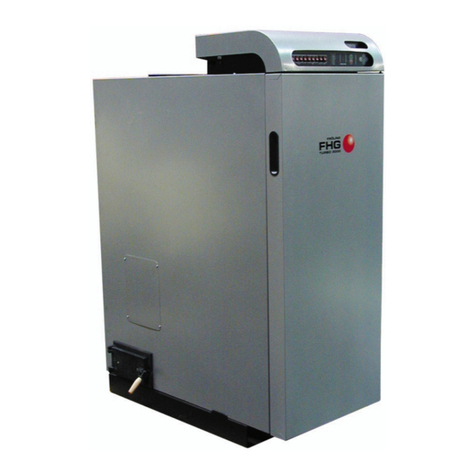
Froling
Froling FHG Turbo 3000 operating instructions

U.S. Boiler Company
U.S. Boiler Company K2 operating instructions







